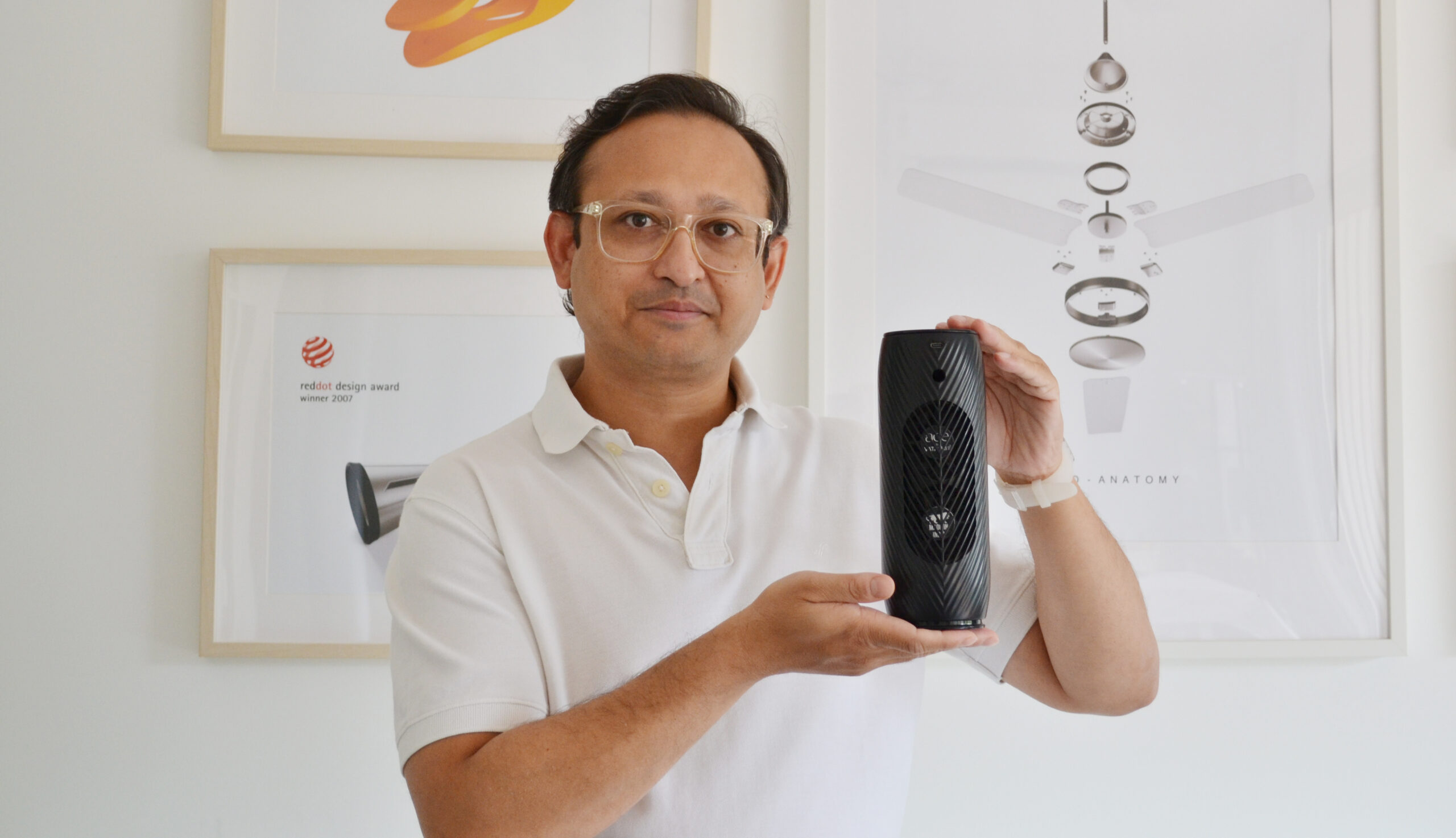
What is the Biggest Challenge?
In the past two decades of design and innovation consulting I have had the opportunity to help several startup founders to convert their ideas to reality.
Their biggest challenge is not to identify the idea they want to work on, in fact the art of selling the final product can be also acquired, but what I have observed is that how beautifully and effectively the idea is manifested into a great product is the ultimate challenge.
As an industrial designer, my primary role has been to bridge the gap between the technology and the end user. Most users actually do not care nor are they interested to know how hard have you worked on the technology that you are offering. They are only interested in the benefit the technology provides.
And even before they get to use your product, they have to be first lured into buying it. That is what i do. I create product designs that are hard to go unnoticed!

Which is important... Ergonomics or Aesthetics?
Most of the engineers have this fascination with technology and tend to highlight the features but forget that the primary thing that the user seeks is ease of use! In product design, ergonomics and aesthetics are two critical factors that designers must carefully balance to create successful and appealing products.
Ergonomics in product design involves considering the interaction between the user and the product. It focuses on factors such as comfort, usability, safety, and efficiency. Designing with ergonomics in mind ensures that the product is comfortable to use for extended periods, minimizes strain on the user’s body, and enhances overall usability. For example, ergonomic considerations might include the shape and size of handles on tools, the placement of buttons on electronic devices, or in this case how does the user replace the cartridge.
Aesthetics, on the other hand, involves the visual appeal of the product. It includes elements such as color, form, texture, and style. Aesthetic design aims to create products that are visually pleasing and evoke positive emotional responses in users. Aesthetics play a crucial role in attracting consumers, creating brand identity, and distinguishing products from competitors.
In fact, my major contribution in this project was to create intuitive usability without compromising on aesthetics.
Balancing ergonomics and aesthetics in product design requires careful consideration of both functional and visual aspects. A product that prioritizes ergonomics but neglects aesthetics may lack consumer appeal, while a product that prioritizes aesthetics but ignores ergonomics may sacrifice usability and comfort.
Ultimately, the goal of product design is to create products that not only function well but also delight and engage users visually. Achieving this balance between ergonomics and aesthetics is essential for creating successful and memorable products.

Designing inside - out!
I always prefer designing “inside out” which typically refers to a method where the internal components or functionalities of a product or system are prioritized during the design process, with the external appearance or aesthetics being developed later to complement these internal elements. This approach contrasts with the more traditional method of “outside in” design, where the external appearance or user interface is prioritized, and the internal components are designed to fit within this external framework.
In an “inside out” design approach, designers focus first on understanding the core functionalities, technical requirements, and user needs of the product or system. This often involves prototyping and testing the internal components to ensure they meet performance, usability, and safety standards.
Once the internal aspects are well-defined and validated, the external design is developed to complement and enhance the functionality of the internal components, creating a cohesive and integrated product experience.
The advantage of the “inside out” design approach is that it prioritizes the functional aspects of the product, ensuring that it meets the core needs of users and performs effectively. By establishing a strong foundation based on internal functionality, designers can then create external designs that effectively communicate the product’s purpose and enhance its usability and appeal.
However, it’s essential to note that the distinction between “inside out” and “outside in” design approaches is not always clear-cut, and many design processes incorporate elements of both approaches. The most successful design processes often involve iterative cycles of prototyping, testing, and refinement, with designers continually refining both internal and external aspects to create products that meet user needs and expectations.
VATASHI - Choose what you breathe!
We were approached by the Director of Vatashi, a brand based out of Pune, to help them build a car air purifier. The word ‘Vatashi’ is derived from the Sanskrit origin which means ‘air’. They are on a mission to improve the quality of air that we breath while driving our car. I am thankful to them for giving me this opportunity. The product ACE has been successfully launched in the Indian market on 14th Feb 2024. Also available online : www.amazon.in


